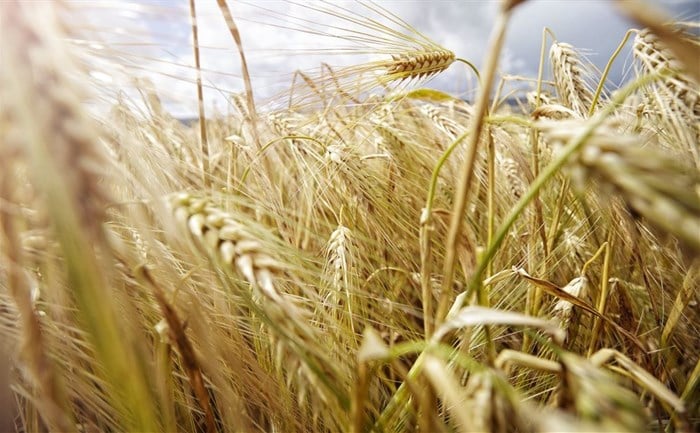Agribusiness confidence drops below neutral 50-point mark in Q4

Persistent episodes of load-shedding, higher input costs, rising protection in some export markets, animal disease outbreaks, rising interest rates, intensified geopolitical tensions which disrupted supply chains, and ongoing weaknesses in municipal service delivery and network industries remained the key factors survey respondents cited as their primary concerns.
This survey was conducted in the final two weeks of November, covering businesses operating in all agricultural subsectors across South Africa.
Figure 1: Agbiz/IDC Agribusiness Confidence Index
Discussion of the subindices
The ACI comprises ten subindices, and seven declined in Q4, 2022. This excludes the debtor provision for bad debt and financing costs subindices, which are interpreted differently from other subindices. Here is the detailed view of the subindices.
• The turnover subindex fell marginally by one point from the third quarter to 78 points. Nevertheless, this current level is well above the long-term average, signalling that many farmers continue to benefit from strong crop prices, specifically grains and oilseeds. This is notwithstanding the higher input costs, which are squeezing profit margins to an extent. Along with the turnover, the net operating income subindex fell by 4 points to 59.
• The market share of the agribusiness subindex dropped by 5 points in Q4, 2022 to 69. This marginal decline was mainly driven by respondents in the horticulture, livestock and agrochemicals industries.
• The employment subindex moderated by just one point to 59 in the last quarter. Still, the current levels are above the 50-neutral point and present a sector that could sustain robust employment. If we look back into the third quarter of this year, South Africa's primary agriculture employed 873,000 people, up by 5% year-on-year (while down marginally by 0,1% on a quarterly basis).
• Surprisingly, the capital investments subindex fell by 5 points in the last quarter to 66. With the strong tractor and combine harvester sales, we thought this subindex would show marginal improvement or sideways. But the current survey results may reflect the current environment of higher input costs and rising interest rates, which might have made some firms consider a reduction in investment.
• The subindex measuring the volume of exports sentiment plummeted by 20 points to 50 in Q4, 2022. This is unsurprising given the prevailing market access challenges for the South African citrus industry in the EU, the vegetable exports ban in Namibia and Botswana, and a reduction in beef exports as a result of the outbreak of foot-and-mouth disease. This also tells us that the increase in export figures could be more of a price effect rather than volumes for some commodities.
• The general agricultural conditions subindex fell by 2 points to 40, which is the lowest level since Q4, 2019. This could be partially driven by fears that higher rainfall could delay summer crop plantings, as well as the reports of damages in some horticulture fields in the northern regions of the country following the higher rain in the first few weeks of the start of this 2022/23 season.
• Unlike the rest of the subindices, the general economic conditions subindex improved marginally by one point to 25. Still, this level is far below the neutral 50 points, which speaks to the current challenging business conditions brought by persistent energy shortages, inefficiencies in the network industries, inflation concerns, rising interest rates, and a general slowdown in the global economy, amongst other challenges.
• The subindices of the debtor provision for bad debt and financing costs are interpreted differently from the abovementioned indices. A decline is viewed as a favourable development, while an uptick signals growing financial strain. In the last quarter, the debtor provision for bad debt and the financing costs indices fell by 5 and 7 points to 34 and 4 points, respectively. These are surprising results, as we had expected the rising interest rates and input costs would add more pressure on agribusinesses.
The Agbiz/IDC ACI's Q4 results mirror a sector that confronts numerous challenges that could threaten growth. The fact that the ACI index dropped below the neutral 50-point mark for the first time in nearly three years suggests that the combination of high input costs, friction in our export markets and persistent animal diseases are starting to bite. Still, the sector could bounce back if the weather conditions prove supportive in the coming months and the South African authorities get a handle on the market access issues in the EU.
The other challenge the South African government and industry will need to intensify efforts in combating is the spread of the foot-and-mouth and strengthening the biosecurity of the country.